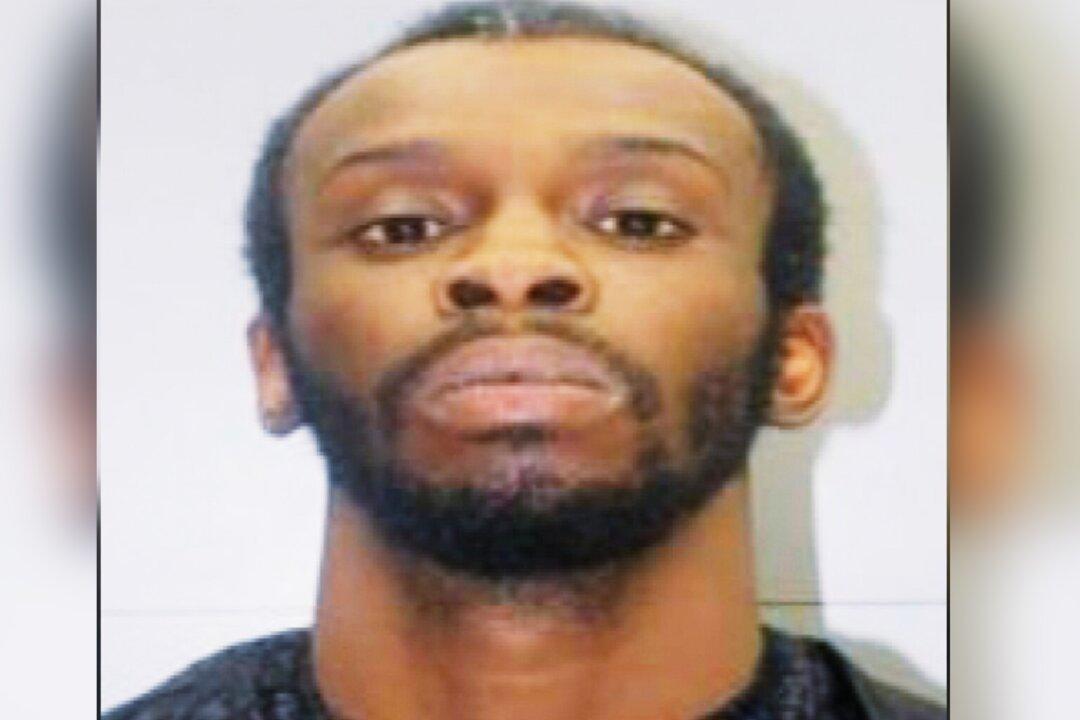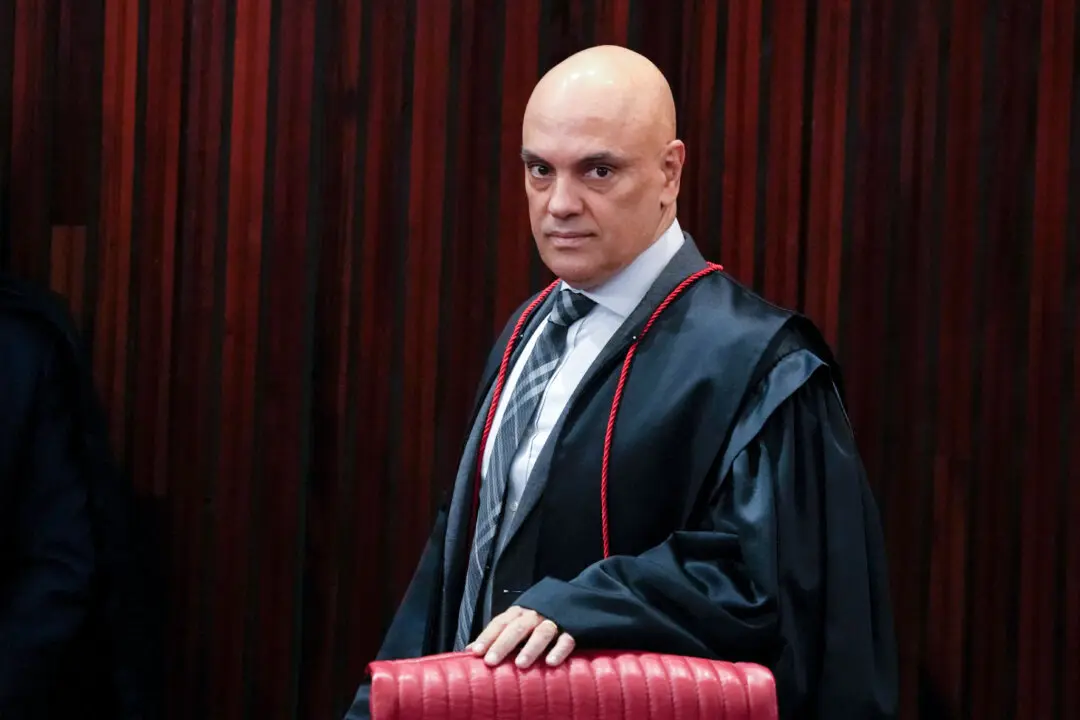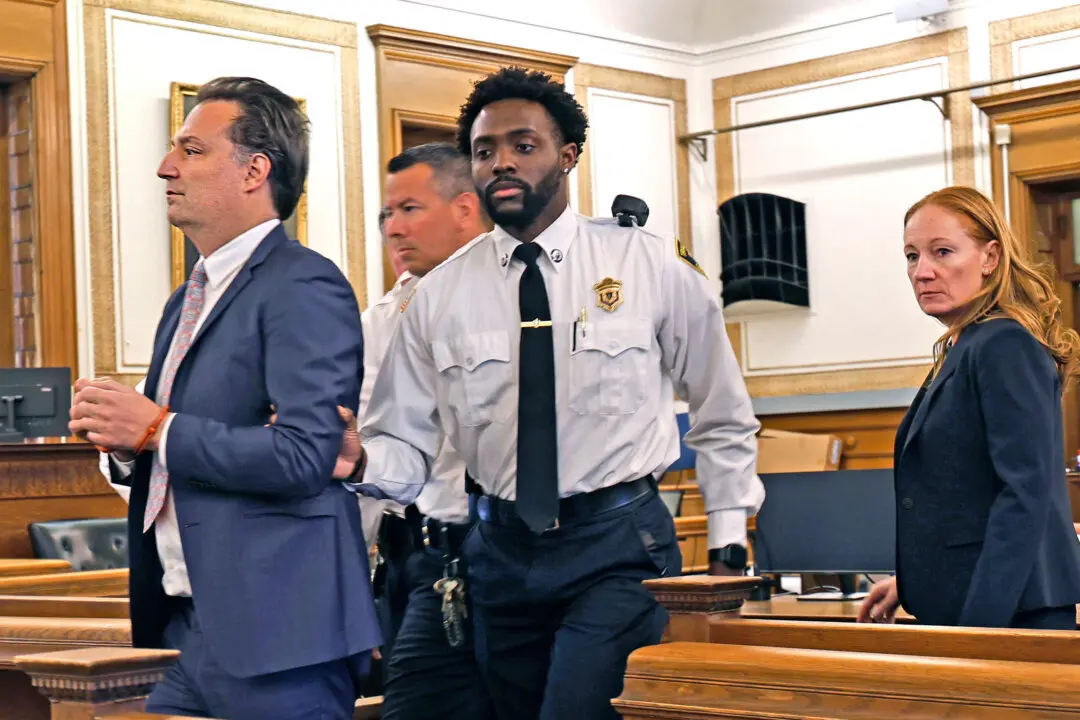COLUMBIA, S.C.—The South Carolina man accused of killing the woman who mistook his car for her Uber ride trapped her in the vehicle hours before her body, riddled with stab wounds, was dumped near his family home, prosecutors argued in court Tuesday.
Nathaniel Rowland is on trial for the kidnapping and murder of 21-year-old Samantha Josephson. The University of South Carolina student from Robbinsville, New Jersey, disappeared from Columbia’s Five Points entertainment district one night in March 2019, the spring before she was set to graduate and head to law school.





